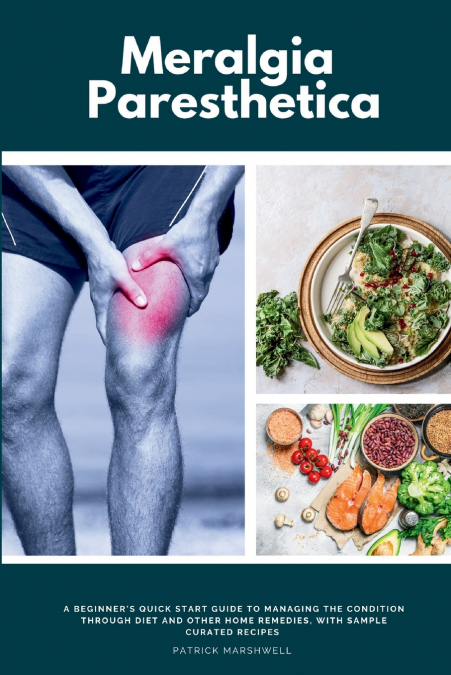
Patrick Marshwell
A large nerve that travels from the lower back to the legs is called the femoral nerve. It gives the front and center of the thigh, as well as much of the lower leg and foot, the ability to feel and move. The sensation of touch is carried to the skin on the outside aspect of the thigh by a branch of the femoral nerve known as the lateral femoral cutaneous nerve (LFCN). The LFCN descends from the upper buttock, through the hip, and into the thigh, beginning at the posterior aspect of the thigh.Meralgia paresthetica, also known as Bernhardt-Roth syndrome, is a condition in which the lateral femoral cutaneous nerve is damaged or put under too much pressure, resulting in numbness, pain, or a burning sensation on the outer thigh. This condition can also be referred to as the Bernhardt-Roth syndrome.The majority of the time, meralgia paresthetica may be addressed with straightforward adjustments to one’s lifestyle, such as switching to clothes with a looser fit. On the other hand, medicine or surgery could be necessary for certain patients who have more severe cases of meralgia paresthetica. If you are having any of these symptoms, you need to make an appointment with a medical professional as soon as possible so that they can recommend the therapy that will be most effective for you.In this beginner’s start guide, we’ll cover the following topics:What causes meralgia paresthetica? What are the symptoms of meralgia paresthetica?Who is at risk of getting meralgia paresthetica?How is meralgia paresthetica diagnosed?What are the medical treatments for meralgia paresthetica?How to prevent meralgia paresthetica?How to manage meralgia paresthetica through natural methods?How to manage meralgia paresthetica through diet? As you read this guide, we hope that you will find the material to be useful in comprehending what meralgia paresthetica is, its causes and risk factors, as well as how the illness may be managed by nutrition, and that you will also find out how to treat the condition with diet.